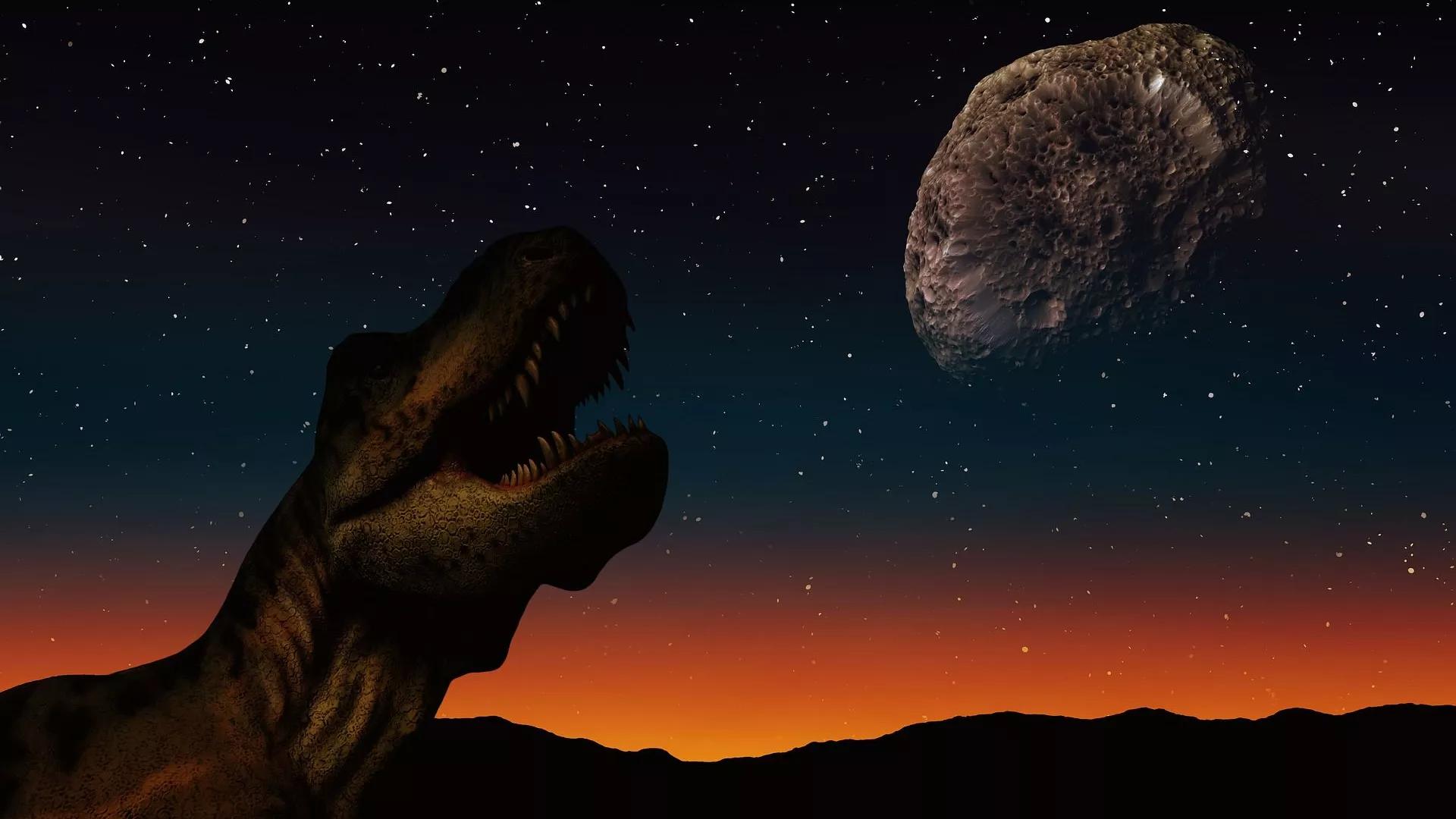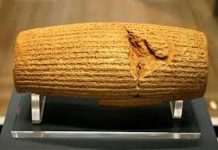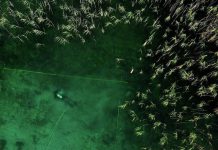Africa-Press – Namibia. Scientists believe the asteroid that killed the dinosaurs was 8.7 miles wide and left a 62-mile crater near Mexico’s Yucatan peninsula. The impact and its aftereffects caused a mass extinction event that killed off 75% of the planet’s animal and plant species.
The asteroid that killed the dinosaurs roughly 66 million years ago also caused a global tsunami that hit most of the world’s coastlines, according to new research published Tuesday in the American Geophysical Union Advances journal.
Researchers examined 120 ocean sediment core samples from around the globe and used computer modeling to estimate the tsunami’s size and path of destruction. They estimate that the tsunami would have been up to 30,000 times more powerful than the 2004 Indian Ocean tsunami that caused an estimated 227,000 deaths and displaced more than 1.74 million people.
Researchers ran their simulation through a program called hydrocode to simulate the first ten minutes after the asteroid’s impact and then put the results into two different tsunami models, MOM6, which is used to model deep ocean tsunamis, and MOST, which is used to by the National Oceanic and Atmospheric Administration for its tsunami warning systems. Both models gave nearly identical results.
Three minutes after impact, displaced rocks and sediment created a 2.8-mile high wave that subsided quickly as material from the explosion fell back to earth. Ten minutes after the impact, a second, roughly mile-high wave, formed 137 miles away, spreading out in all directions.
An hour later, that wave had spread out of the Gulf of Mexico and into the northern Atlantic Ocean. Four hours after impact, it had crossed the Central American Seaway, a body of water that once separated North and South America, into the Pacific Ocean.
After 24 hours, the two sides of the tsunami had reached the Indian Ocean from opposite directions, and 24 hours after that, nearly every coastline in the world had been hit by tsunami-level waves.
The most affected areas were, predictably, closest to the impact and first hit by the tsunami. The North Atlantic Ocean, the Central American Seaway and the South Pacific Ocean had their ocean sediments torn up by the wave, resulting in gaps in the sediment record in those areas, while those gaps do not exist in the Indian Ocean.
However, the missing gaps in the sediment record were found as far away as the coast of New Zealand, some 7,500 miles from the impact.
For More News And Analysis About Namibia Follow Africa-Press






